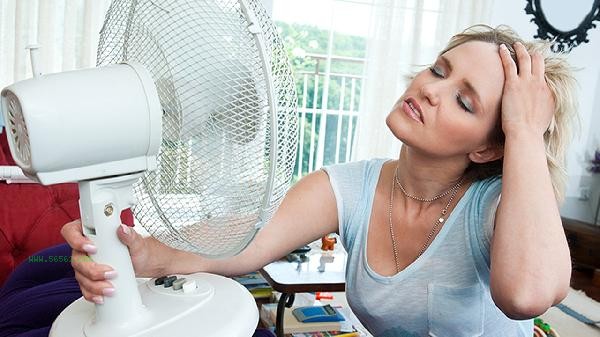Climbing for 30 minutes consumes an average of 200-400 calories, and the specific value is affected by factors such as slope, weight, and exercise intensity.
1. Slope influence:

Slope is a key factor determining heat consumption. A 15 degree slope consumes 50% more heat than a flat road, and when the slope is increased to 20 degrees, the heat consumption can increase by 80%. professional treadmill data shows that at a 5% slope, it consumes about 500 calories per hour, while at a 10% slope, it can reach 700 calories.
2. Weight difference:
The larger the weight, the more calories are burned. A 70 kilogram adult who climbs a slope in 30 minutes consumes about 280 calories, while a 90 kilogram person can reach 360 calories. This is because moving a larger body weight requires more energy, and for every 1 kilogram of weight gain, exercising at the same intensity consumes 7-10 calories per hour more.
3. Speed intensity:

The difference in calories between brisk walking and slow jogging can reach 30%. The speed of 6 kilometers per hour consumes about 240 kcal, and increasing it to 8 kilometers per hour can reach 320 kcal. Adopting interval training methods, such as a 1-minute sprint followed by a 2-minute recovery, can increase calorie expenditure by an additional 15%.
4. Equipment selection:
Load bearing equipment can significantly increase energy consumption. Carrying a 10kg backpack can increase energy consumption by 20%, and using professional hiking poles can mobilize upper limb muscles and increase calorie expenditure by 5-8%. Wearing heart rate monitoring devices helps to control within the optimal fat burning range.
5. Individual factors:
Individuals with high muscle mass consume more calories, with males typically consuming 10-15% more than females. People who exercise regularly have higher metabolic efficiency, while beginners may consume an additional 5-8% of calories due to uncoordinated movements. For every 10 years of age increase, the basal metabolic rate decreases by about 2%.

It is recommended to supplement an appropriate amount of carbohydrates and protein after climbing exercise, with an optimal ratio of 3:1, such as pairing bananas with yogurt. Supplement 200-300 milliliters of electrolyte drink within 30 minutes after exercise, and stretch the legs the next day to relieve muscle soreness. Long term adherence to climbing training 3-4 times a week, combined with dietary control, can lead to a weight loss of 3-5 kilograms in three months. Pay attention to choosing anti slip hiking shoes to protect the ankle joint, and it is recommended to use knee pads when the slope is steep. The initial attempt should start with a slope of 5-10 degrees and gradually increase the strength.



Comments (0)
Leave a Comment
No comments yet
Be the first to share your thoughts!